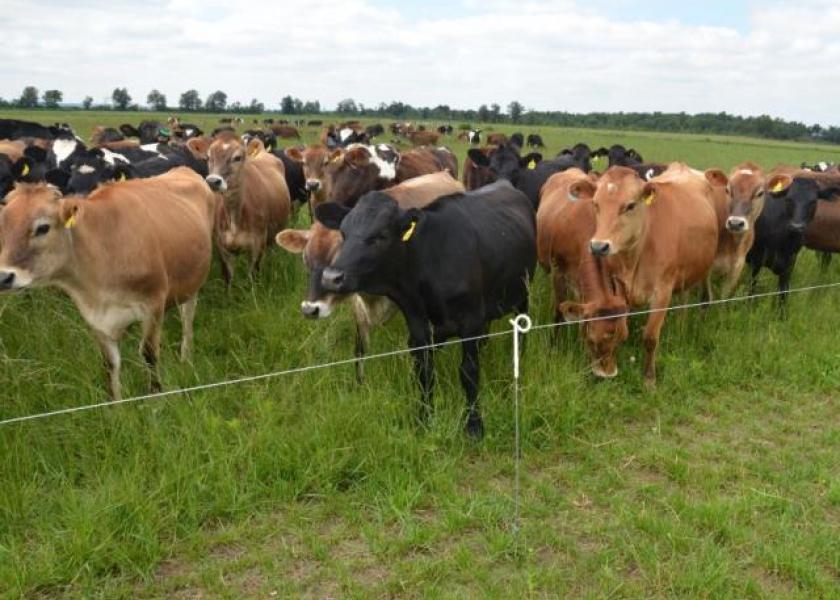Electric Fence Roundup: Select Your Wire Type

By: Laura Mushrush
From the February 2016 issue of Drovers.
Whether you’re looking for a permanent fencing solution or want something portable for your grazing system, there are many cost and management benefits to utilizing electric fence.
Build it right, and electric fence can save you a lot of money and labor. Do it wrong, and you can have a continuous mess on your hands. Here to weigh in on the subject are Jim Gerrish, grazing and fencing consultant for American Grazing Lands Services LLC in east-central Idaho, and Steve Freeman, a cow–calf producer and fencing equipment veteran from western Missouri.
In the last sections, we discussed how to choose an energizer and setting a grounding system. For part three, we will discuss things to keep in mind for selecting wire type.
Step three: Select your wire type
One of the biggest benefits producers in high wildlife-traffic areas find with electric fence is the durability of the wire. Gerrish and Freeman recommend going with 12½ gauge galvanized high-tensile wire for permanent fence. Because of its high PSI, it is able to stretch when hit by an animal and snap back to its original shape, and the galvanization will extend its lifetime—even up to 30 years, Freeman says.
“This wire is industry standard, with a high breaking point and is easy to work with,” Gerrish adds. “And if you go lighter, you’re going to have less conductivity, so your fence won’t be as hot the further you get down the fence.”
There are a few different options for portable fencing systems; the most typical are polywire or a polywire braid. According to Gerrish and Freeman, it is best to always stick with a polywire braid since weaved material conducts electricity better, and it is more resilient to pressure.
“Electricity flows on the surface of the conductor instead of through it,” Gerrish says. “So if your conducting material is braided together, it can give you up to 50 times the amount of conductivity compared to a single wire.”







